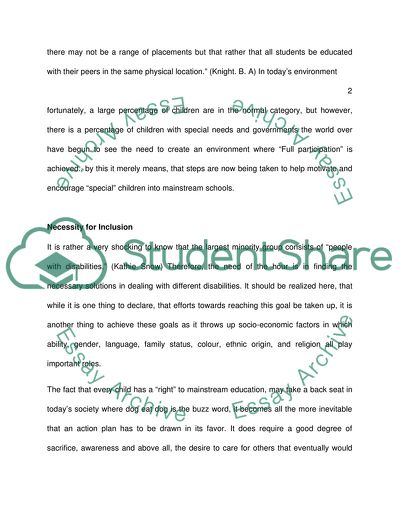Cite this document
(The Inclusion Philosophy of Education Case Study, n.d.)
The Inclusion Philosophy of Education Case Study. Retrieved from https://studentshare.org/education/1720988-principles-of-inclusion
The Inclusion Philosophy of Education Case Study. Retrieved from https://studentshare.org/education/1720988-principles-of-inclusion
(The Inclusion Philosophy of Education Case Study)
The Inclusion Philosophy of Education Case Study. https://studentshare.org/education/1720988-principles-of-inclusion.
The Inclusion Philosophy of Education Case Study. https://studentshare.org/education/1720988-principles-of-inclusion.
“The Inclusion Philosophy of Education Case Study”. https://studentshare.org/education/1720988-principles-of-inclusion.


